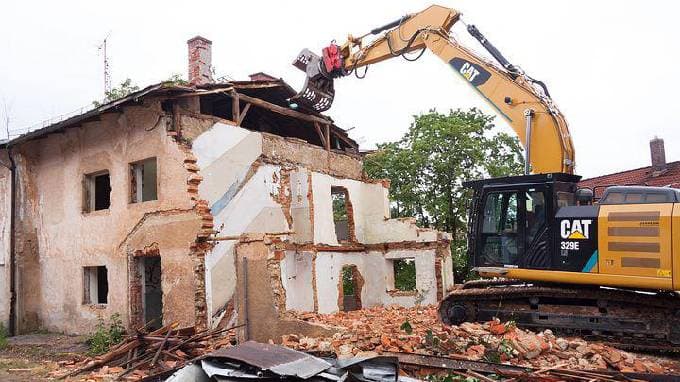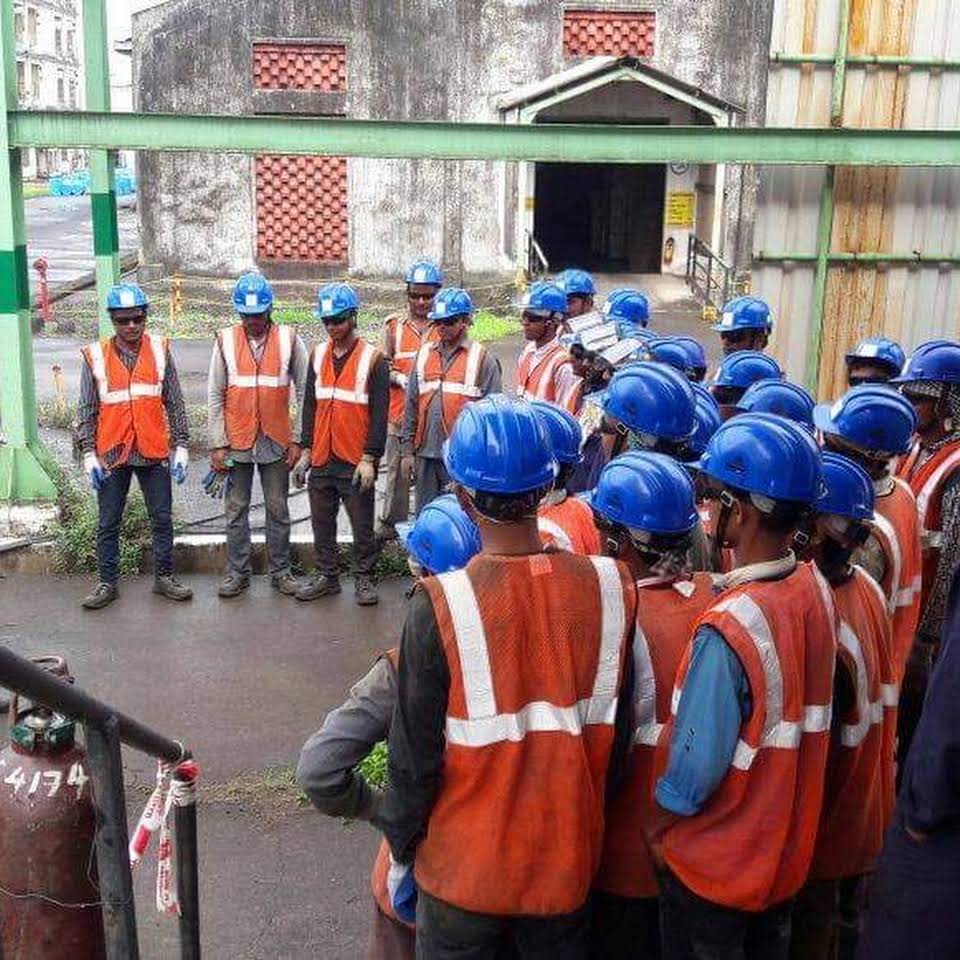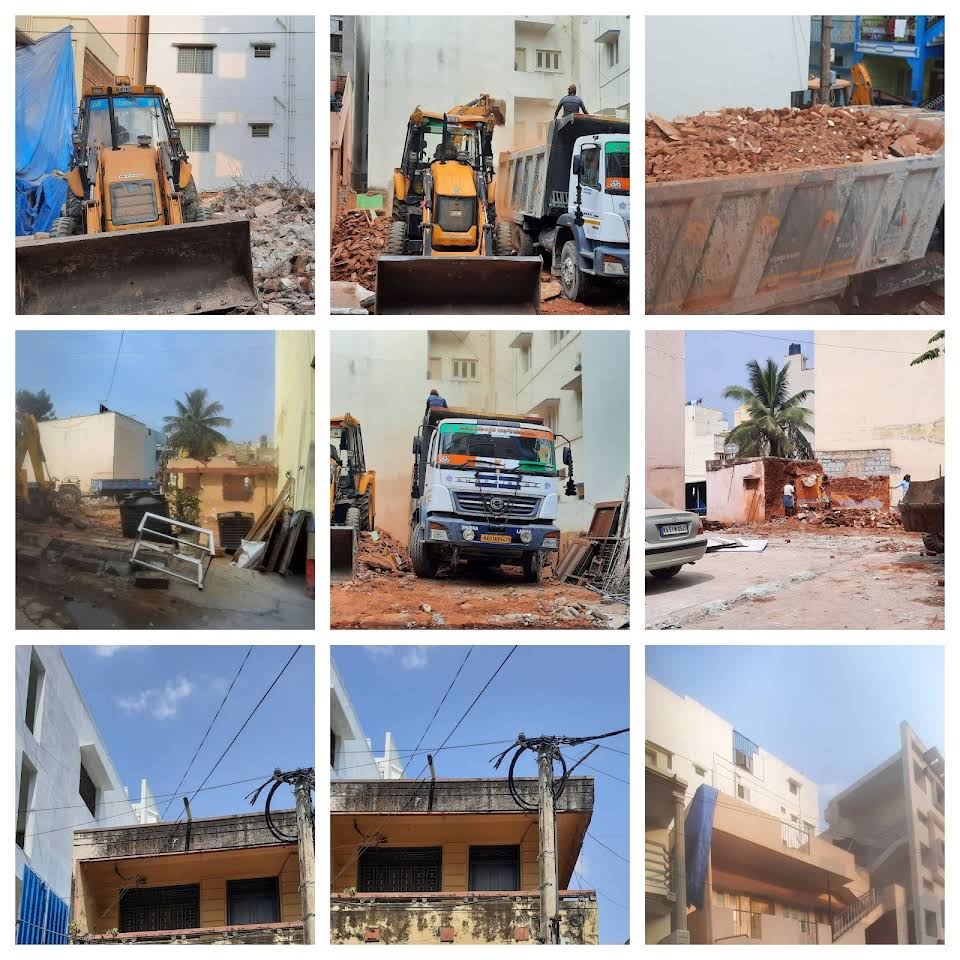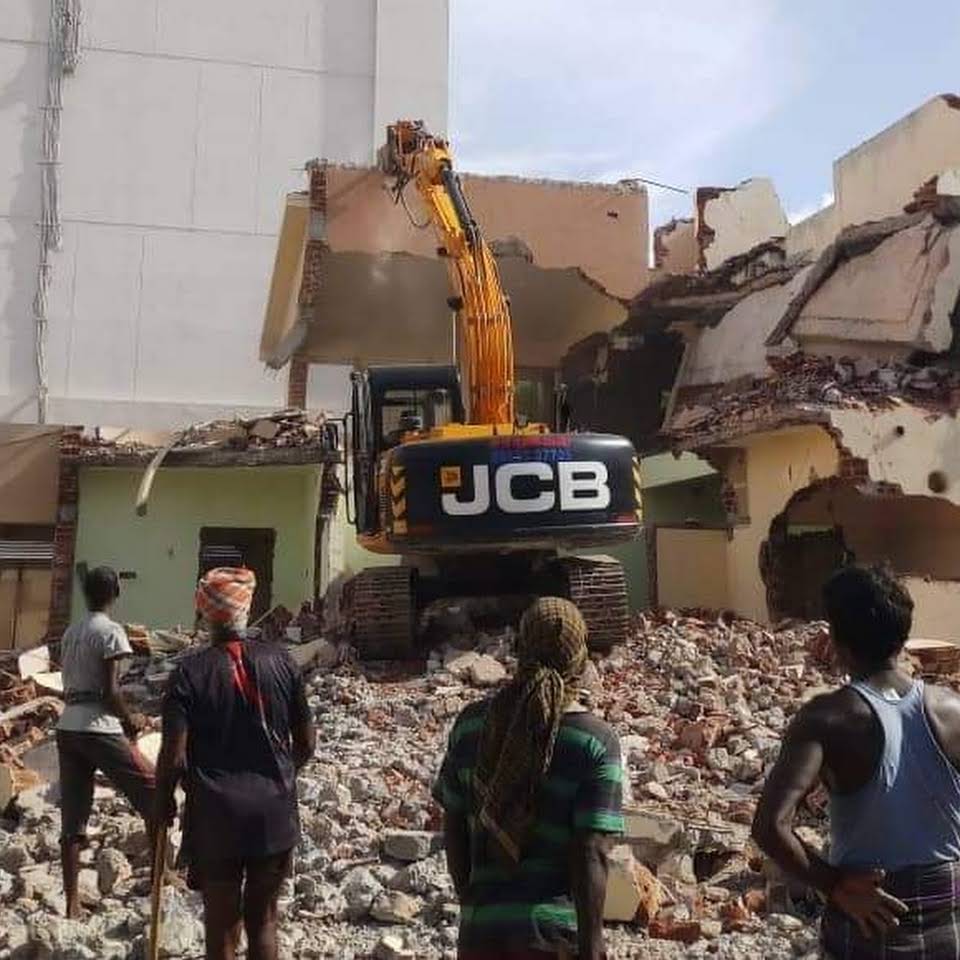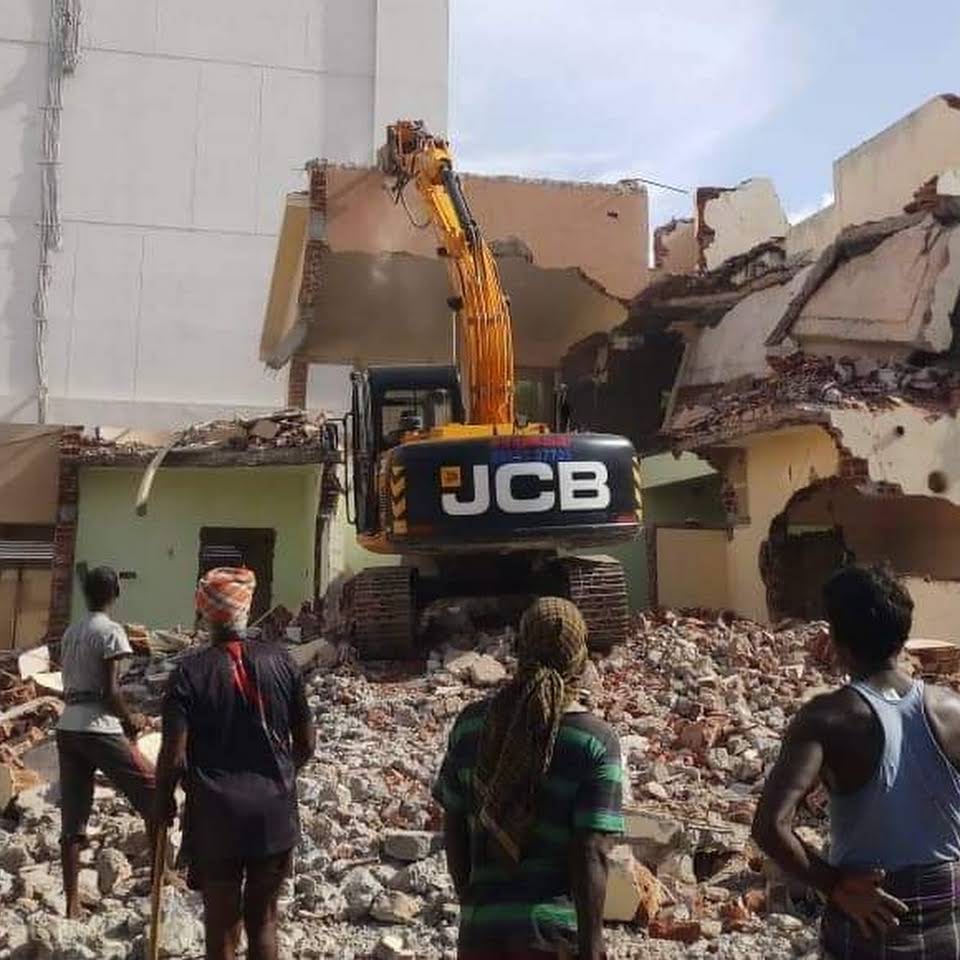Planning and Preparation
Before any demolition work can begin, it is essential to plan and prepare for the process. This involves obtaining any necessary permits and approvals from local authorities, identifying any hazardous materials such as asbestos or lead-based paint, and developing a detailed plan for the demolition work.
One important aspect of planning for a building demolition is identifying any potential safety hazards. This includes assessing the structural integrity of the building and determining the best approach for demolition. The demolition team must also identify any utility lines or underground pipes that may need to be removed or relocated before demolition can begin.
Another important consideration in the planning process is waste disposal. Demolition generates a significant amount of waste, including concrete, metal, and other materials. The demolition team must have a plan for disposing of this waste safely and in compliance with local regulations.
Methods of Demolition
There are several methods of building demolition, and the best approach will depend on a variety of factors, including the size and location of the building, the materials used in construction, and the presence of any hazardous materials.
One common method of building demolition is manual demolition, which involves using hand tools and heavy equipment to tear down the building piece by piece. This method is typically used for smaller structures and can be time-consuming and labour-intensive.
Mechanical demolition is another common approach, which involves using heavy equipment such as excavators, bulldozers, and wrecking balls to knock down the building. This method is often faster and more efficient than manual demolition and can be used for larger structures.
Implosion is a more specialized method of demolition that is used for tall buildings or structures in densely populated areas. This involves strategically placing explosives in key locations throughout the building to cause it to collapse in on itself.
Safety Considerations
Building demolition is a dangerous process, and safety must be a top priority at all times. The demolition team must take several precautions to ensure the safety of workers, nearby residents, and the environment.
One important safety consideration is the removal of hazardous materials such as asbestos and lead-based paint. These materials must be removed safely and in compliance with local regulations to prevent exposure to workers or nearby residents.
Another important safety consideration is the use of proper equipment and personal protective gear. The demolition team must use heavy equipment such as excavators and bulldozers, which can be dangerous if not operated properly. Workers must also wear protective gear such as hard hats, safety glasses, and gloves to protect themselves from flying debris and other hazards.
Finally, it is essential to consider the impact of the demolition on the surrounding environment. Dust and debris generated during demolition can be a health hazard for nearby residents, and the demolition team must take steps to minimize these impacts. This may include using water to suppress dust or erecting barriers to prevent debris from leaving the site.
Conclusion
Building demolition is a complex process that requires careful planning, preparation, and execution. Whether you are demolishing a small residential structure or a large commercial building, it is essential to work with a team of experienced professionals who understand the unique challenges of demolition and can ensure a safe and efficient process. By taking the necessary precautions and following best practices for demolition, you can ensure a successful project that meets your goals while protecting the safety of workers and nearby residents.
